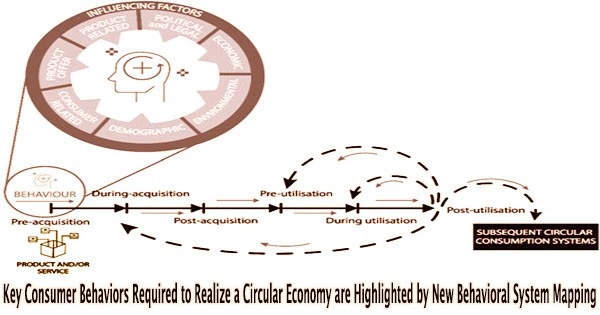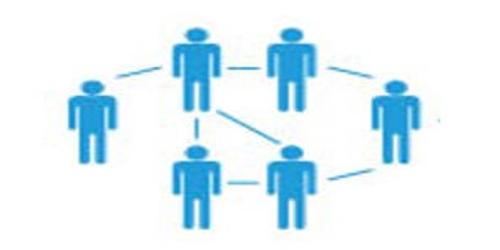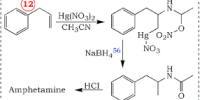The Behavioural Roadmap to Circular Consumption, created by BehaviourWorks Australia at Monash University, outlines how industry and policymakers can intervene in the production-consumption cycle to bring about change, lessen Australia’s environmental footprint, and promote resource efficiency as the most effective means of addressing the ongoing waste crisis.
A Material Footprint, which is distinct from a Carbon Footprint, is a measure of the raw material extraction needed to satisfy the economy’s ultimate need.
The Behavioural Roadmap, which is available online, connects all stakeholders, customers, and their behaviors to better understand relationships and systemic implications. Policy makers can investigate these links in conjunction with the online behavioral system map to create or revise systemic behavioral public policies that promote “responsible consumption” and lessen Australia’s environmental impact.
An developing method called behavioral system mapping combines the best elements of two potent research philosophies to generate actionable recommendations on when and how to handle complicated problems.
It then allows the use of behavioral science tools to create the desired change. It makes use of systems thinking to comprehend the connections between these behaviors, emphasizing how changes in one component effect changes in another, and behavioral science to pinpoint particular actions that various actors might take to address an issue.
The links, according to lead researcher Jennifer Macklin, are between customers and other system players like designers, producers, importers, merchants, service providers, as well as the public sector and the government.
“The point is that we’re not just placing responsibility on consumers, but looking at the roles of everyone in the production and consumption cycle,” said Macklin. “It’s the first time policy makers have a tool that highlights the behaviors with the most transformation potential in order to achieve a circular economy.”
The Behavioural Roadmap highlights three key areas where policymakers can take action to hasten the transformation of the entire production and consumption system, as well as eight core circular behaviors that consumers and decision-makers can adopt to help reduce Australia’s material footprint.
- Borrow/rent item or service: Focus new behavior change efforts on enabling and encouraging both individual and organizational consumers to borrow or rent items instead of buying.
- Source item second-hand: Continue and expand behavior change efforts to mainstream “buying second-hand instead of new” for individual consumers; and explore scalable practices for organizational consumers.
- Buy items built to last: ensure retailed products are built to last, through minimum design/import standards; then include ‘built to last’ into sustainable and circular procurement policies of organizations.
Consumer demand has a well-known influence on product selection, but changes at any point in the supply chain can also affect customers’ behavior beyond just the products that are released onto the market.
“Third-party service providers and community organizations can also influence consumers, while government and civil society can also have a direct, and indirect impact respectively on all stakeholders,” said Macklin.
















